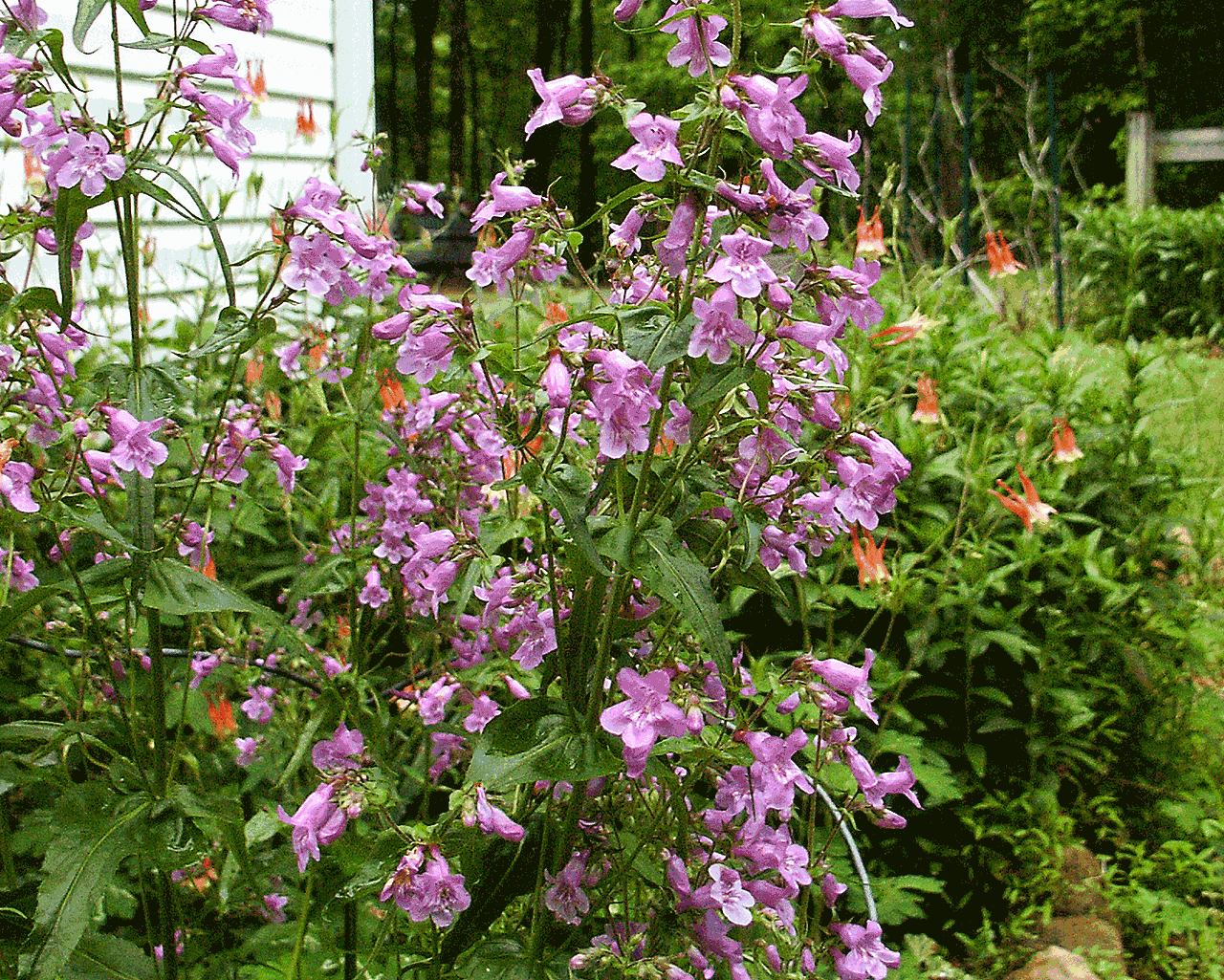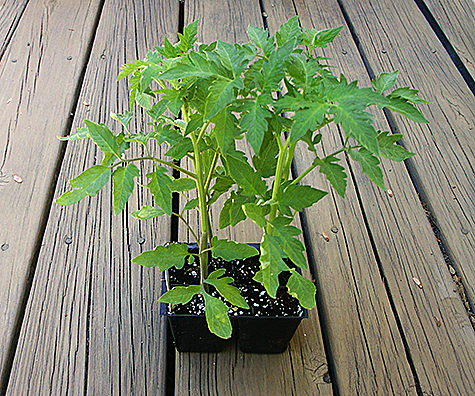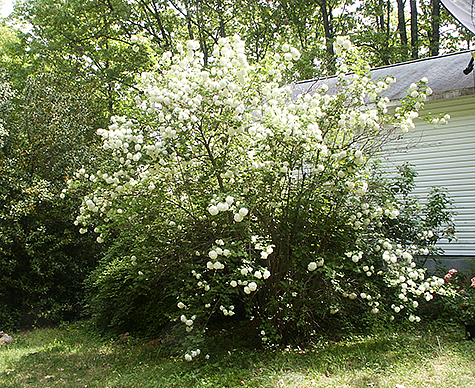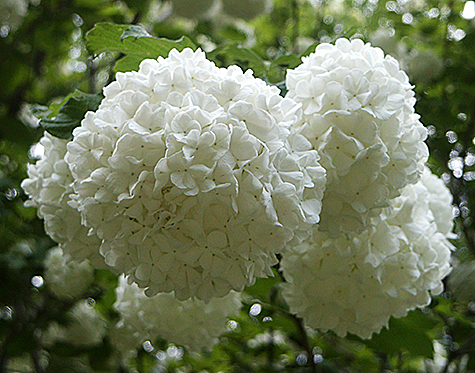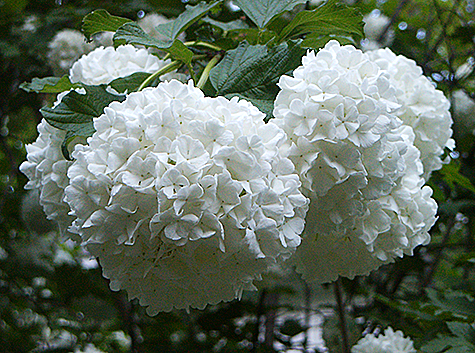Using Mulch in the Garden
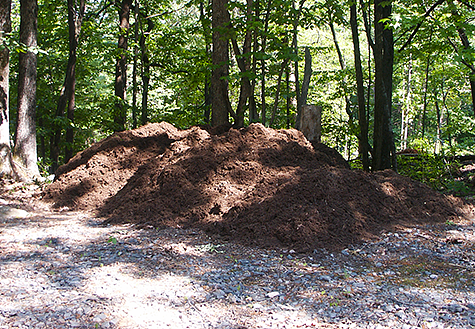
My favourite mulch to use in the gardens is double ground hardwood mulch. Since I have a lot of flower beds to mulch, I usually order my mulch delivered and it comes out cheaper to buy it in bulk instead of the little polyethylene bags at a garden centre. When buying mulch in bulk, it is often sold by the scoop and the size of the scoop depends on if it is a small bobcat loader, or a full size loader. A full size loader is approximately two cubic meters (2.5 cubic yards); however, when they scoop the mulch from the pile, you will actually get more as the mulch is rounded on the bucket.
When I rang to enquire about having my mulch delivered, I was informed they sell it delivered in two quantities, a large load and a small load. The large load was six scoops and the small load was 4 scoops. The problem there was the small load was still more mulch than I needed, and the price of the small scoop was $225.00. I was told they do sell it by a single scoop if you haul it yourself. Since I do not own a truck, hauling it myself was out of the question. Evidently the woman I was speaking with took pity on me and said that she would see if they would haul two scoops for me; I did not live that far away and the haul would be a short one. A few minutes later she rang to let me know they would haul two scoops of double ground for me at a price of $110.00. I estimate the load of mulch delivered to me is at least six cubic yards (4.6 cubic meters) or better.
There are a wide variety of mulches available for use in gardens, both natural and manufactured. Stone, rubber, bark, pine needles, and ground wood are a few of the mulches available to the home gardener. Ground wood mulch is even available in several colours; red seems to be the post popular. Mulch is used for several reasons, the two main reasons being weed control and moisture retention. Mulch is also used for appearance, and if using a natural wood mulch, will add organic matter to the soil as it decomposes. Which type of mulch to use is a matter of personal taste and where it will be applied.
If one has a bed that will be replanted each year, then an organic mulch that will break down over the year will be best. The double ground mulch that I use will be decomposed by next year and I will work the organic matter into the bed. Wood chips and bark will last more than one season and are best to use where one would not be turning the bed for panting new flowers; a perennial bed is one example. Pine needles are an excellent mulch to use for plants that require an acid soil, but should be avoided around plants that do not thrive well in an acid soil. The main inorganic mulches used in home gardens are rubber and stone. Normally these mulches are used in areas that receive heavy traffic. Stone can be used as an attractive border in front of organic mulches. Rubber mulch is often manufactured to appear similar to wood chip mulches. One problem with using rubber mulches in large quantities is the off gassing of toxic chemicals and the associated odour.
When applying mulch you want to spread it to a depth of 5-10 cm (2-4 in). Avoid placing the mulch tightly around the base of the plants, you want to leave some space to avoid smothering the plant. When mulching around trees it is important to not pile up a thick layer of mulch around the base of the tree. A heavy layer of mulch can prevent water from reaching the roots. Furthermore, trees grow their roots at varied and specific depths and piling up a large mound of mulch around a tree effectively sabotages this depth and can harm the tree. Special tree mats are now available at most garden centres to use around smaller trees. These mats allow the water to reach the roots but block the growth of grass and weeds and allow for easy mowing around the base of a tree.
While not a necessity, using mulch in the gardens can help to reduce maintenance by reducing the growth of weeds and in water retention. Mulch also adds an attractive appearance and the use of organic mulch helps to add compost to the soil as the mulch decays.
